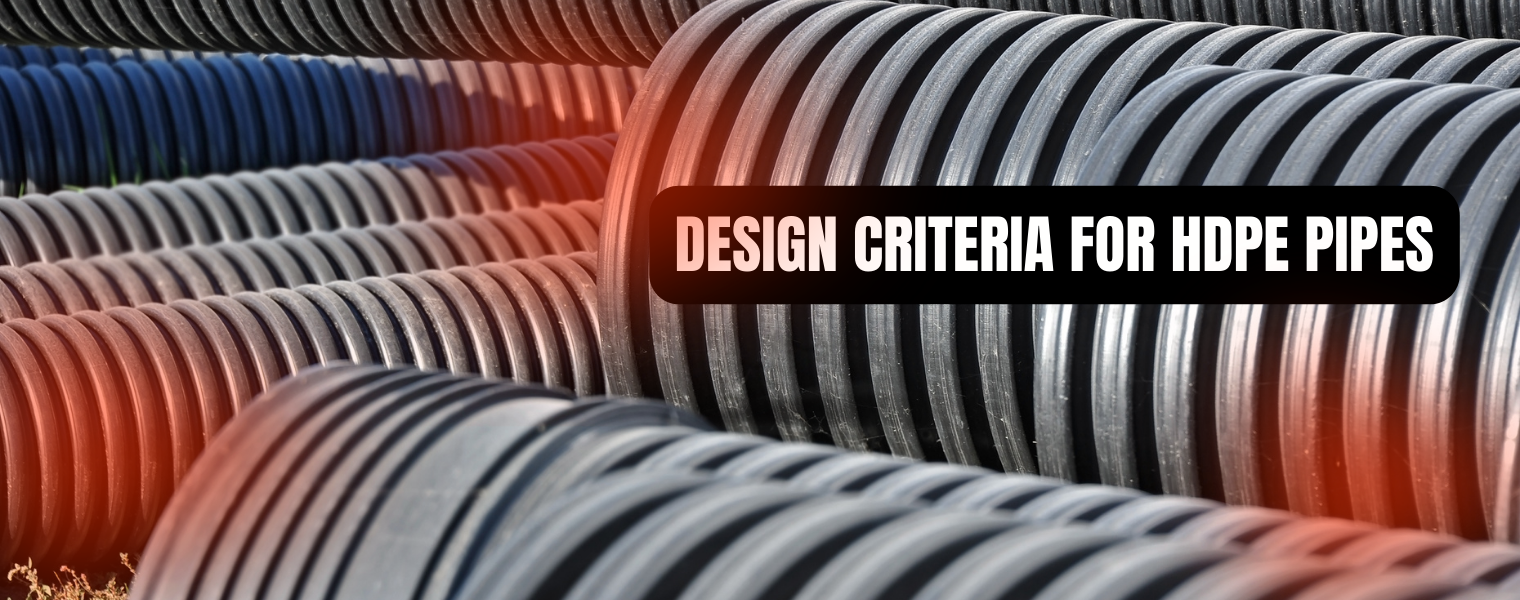
High-density polyethylene (HDPE) pipe is a flexible plastic pipe used for low-temperature fluid and gas transport. Potable water, hazardous waste, different gases, sewage, firewater, storm water, etc. are just a few of the things that HDPE pipes are now used for extensively. HDPE pipe materials are useful for high-pressure pipelines because of their strong molecular bonds. The history of polyethylene pipes in the gas, oilfield, mines, water, and other industries is one of long-standing excellence.
HDPE pipes and fittings are connected to one another either mechanically or through welding. To link HDPE pipes together, two different welding techniques are employed. Those are
Butt Welding, without the use of additional connection fittings, butt welding uses heat and pressure to uniformly combine HDPE pipes and fittings into prefabricated sections.
Electrofusionis a quick and easy way to permanently connect individual pipes, HDPE fittings, or prefabricated pieces in confined spaces. On-site joints can be repaired with this technique.
The HDPE pipes' hydrostatic pressure capability is influenced by a variety of factors. They are.
The following factors can affect how aboveground HDPE piping systems behave and, consequently, how they are designed.
Temperature: HDPE pipes are typically only used in pressure systems between -400C and 500C. Higher temperatures may be employed for non-pressure services. To learn more about the manufacturer's product, consult them. Keep in mind that HDPE pipes have a linear thermal expansion coefficient that is roughly ten times greater than that of metal pipes. The potential for thermal expansion as a result of temperature changes is therefore very considerable and must be taken into account during design. According to the rule of thumb, HDPE pipes will swell or shrink by 0.2mm per meter very °C in temperature increase or reduction.
Mechanical impact: When installing HDPE pipes in an area with heavy traffic or mechanical abuse, additional protection must be provided.
Chemical exposure and Internal Pressure
UV rays:Black HDPE pipes with a minimum of 2% carbon black are chosen as protection against the effects of ultraviolet rays.
HDPE Pipe and fittings are best choice for the piping system. Polyfab provides the best HDPE pipes and fitting in Ethiopia, Kenya and Ghana. Contact our team to know more about HDPE pipes and fittings.